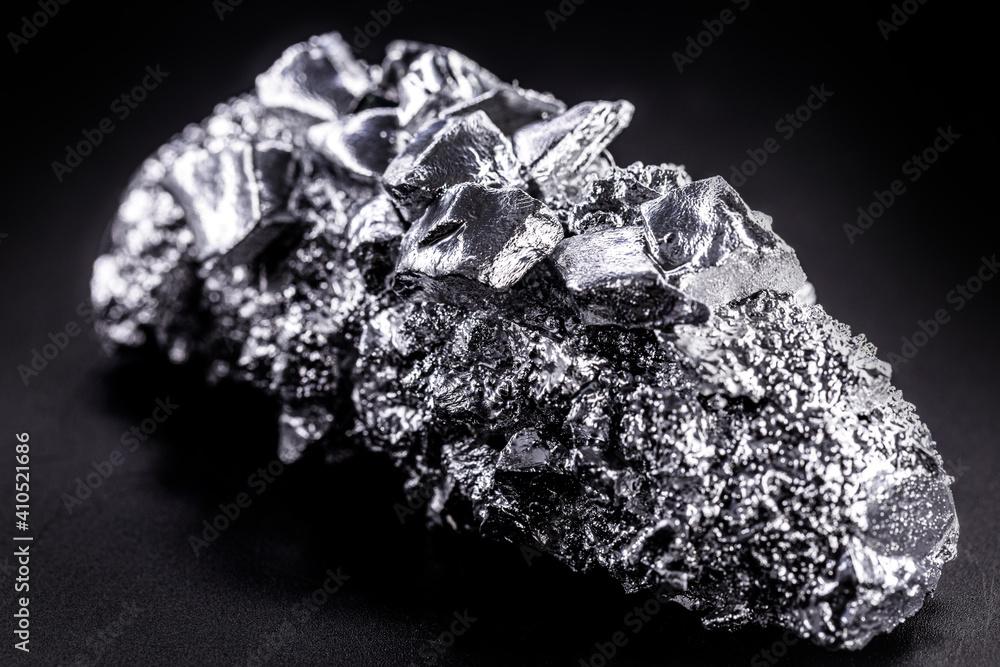Researchers at Wuhan University in China have achieved a remarkable breakthrough in materials science by discovering a novel method to create alloys using a diverse range of metals at significantly lower temperatures.
Alloys have played a pivotal role in the progress of human civilization since the Bronze Age. In modern times, high-entropy alloys (HEAs) composed of five or more metallic elements have gained prominence due to their exceptional durability and resilience. These alloys find applications in various fields, including aerospace, energy conversion and storage, and medical equipment. However, the conventional process of producing HEAs demands extremely high temperatures of up to 3,632 Fahrenheit (2,000 degrees Celsius). Moreover, the compatibility of different metallic atoms poses a significant challenge.
Conventional methods involve heating the component elements to around 3,000 Fahrenheit and rapidly cooling them to promote mixing. Nevertheless, this approach is not foolproof, as the diverse nature of the five elements can hinder alloy formation, much like a group of individuals with contrasting personalities.
Addressing this issue, Professor Fu Lei and his research team from Wuhan University discovered that the addition of gallium to the alloy mixture can dramatically reduce the required preparation temperatures to as low as 1,200 Fahrenheit (650 Celsius).
Gallium, known for its remarkably low melting point of 85 Fahrenheit (~30 Celsius), served a unique purpose in this study. Although it easily melts when held in one’s hand, the researchers employed gallium as a reaction medium and adhesive during alloy preparation, leading to intriguing findings.
The discovery, made two years ago, remained undisclosed as it awaited scientific peer review. Reviewers from esteemed journals such as Nature were astounded by the findings and sought further proof before accepting the manuscript.
Responding to this, Fu’s team conducted additional experiments and calculations to explain the underlying mechanism comprehensively. Remarkably, the alloys produced using this novel approach exhibited no discernible differences compared to those created using conventional methods.
The researchers now propose that heating compatible metals with gallium triggers the spontaneous growth of crystalline HEA nanoparticles. Moreover, they successfully synthesized alloys comprising a diverse range of metals that had previously proven elusive using conventional approaches.
China has been at the forefront of significant advancements in materials science, and this breakthrough further strengthens its position. Notably, another group of researchers from Tsinghua University recently showcased a liquid metal coating with potential applications in soft robotics, exemplifying the nation’s ongoing contributions to scientific progress.
Overall, the incorporation of gallium into alloy production represents a remarkable breakthrough in materials science. By significantly reducing the required temperatures and expanding the range of metals that can be utilized, this novel approach holds immense promise for advancing alloy technology and its applications across various industries.

